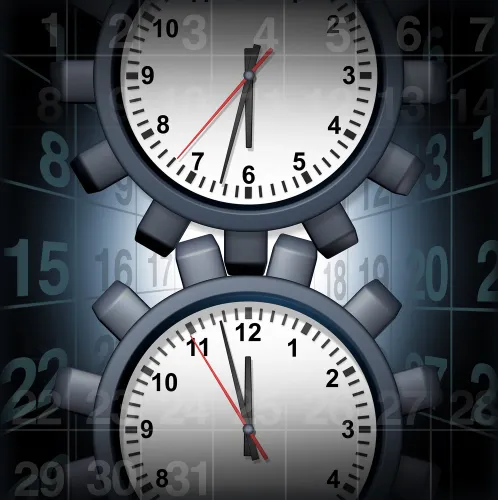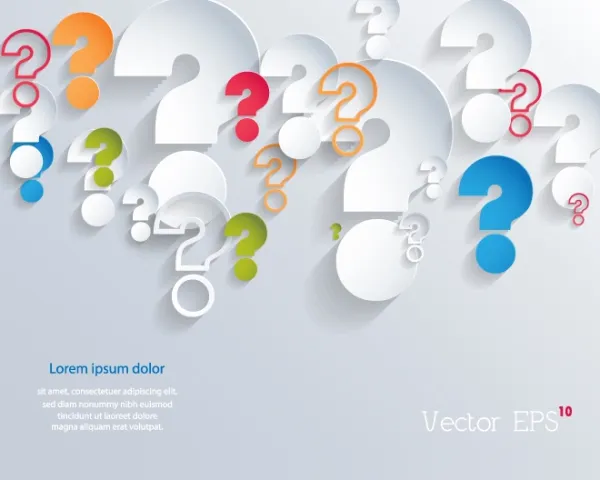Anesthesia Coding Alert
Reader Question:
Learn to Calculate TBSA
Published on Thu Jan 14, 2016

You’ve reached your limit of free articles. Already a subscriber? Log in.
Not a subscriber? Subscribe today to continue reading this article. Plus, you’ll get:
- Simple explanations of current healthcare regulations and payer programs
- Real-world reporting scenarios solved by our expert coders
- Industry news, such as MAC and RAC activities, the OIG Work Plan, and CERT reports
- Instant access to every article ever published in Revenue Cycle Insider
- 6 annual AAPC-approved CEUs
- The latest updates for CPT®, ICD-10-CM, HCPCS Level II, NCCI edits, modifiers, compliance, technology, practice management, and more
Related Articles
Other Articles in this issue of
Anesthesia Coding Alert
- CCI 2016:
Beware of Reporting These New Procedure Codes With Anesthesia
New edits reach across the anesthesia spectrum. Anesthesia providers are being hard-hit with CCI edits [...] - Billing:
Start the New Year With the Right Collections Perspective
Tip: Double check every detail of your patients’ information. You might have moved into the [...] - ICD-10:
Get Details From Surgeon to Confirm Primary Pulmonary Hypertension
Heads up: Pay attention to the new Excludes1 note. Knowing that a patient has hypertension [...] - You Be the Coder:
Know When and How to Use P Modifiers
Question: Why do we need to use P modifiers even when we don’t get paid [...] - Reader Question:
Select 01991 for the Supine Position
Question: If the anesthesiologist is providing anesthesia via TIVA or MAC for joint injections (knee, hip [...] - Reader Question:
Learn to Calculate TBSA
Question: What are our coding options for a second and third degree burn excision? New [...] - Reader Question:
Look to 00561 for Your Youngest Pump Oxygenator Patients
Question: Our anesthesiologist used a pump oxygenator to accomplish hypothermia and rewarming following a CABG [...] - Reader Question:
Report 00470 for Sternal Wire Removal
Question: We provided anesthesia during the exploration of a sterna incision with removal of the [...] - Reader Question:
Bolster Documentation Before Reporting Anesthesia for 62304
Question: What is the correct anesthesia code to report for 62304? Indiana Subscriber Answer: Anesthesia [...] - Reader Question:
Yes, You Can Translate Your Own Handwriting for MAC Review
Question: One of my physicians has handwriting so terrible that I’m afraid of what might [...] - Reader Question:
Brush Up on Your Locum Tenens Criteria
Question: One of our physicians will be taking a six-month sabbatical, so we need to [...]
View All




